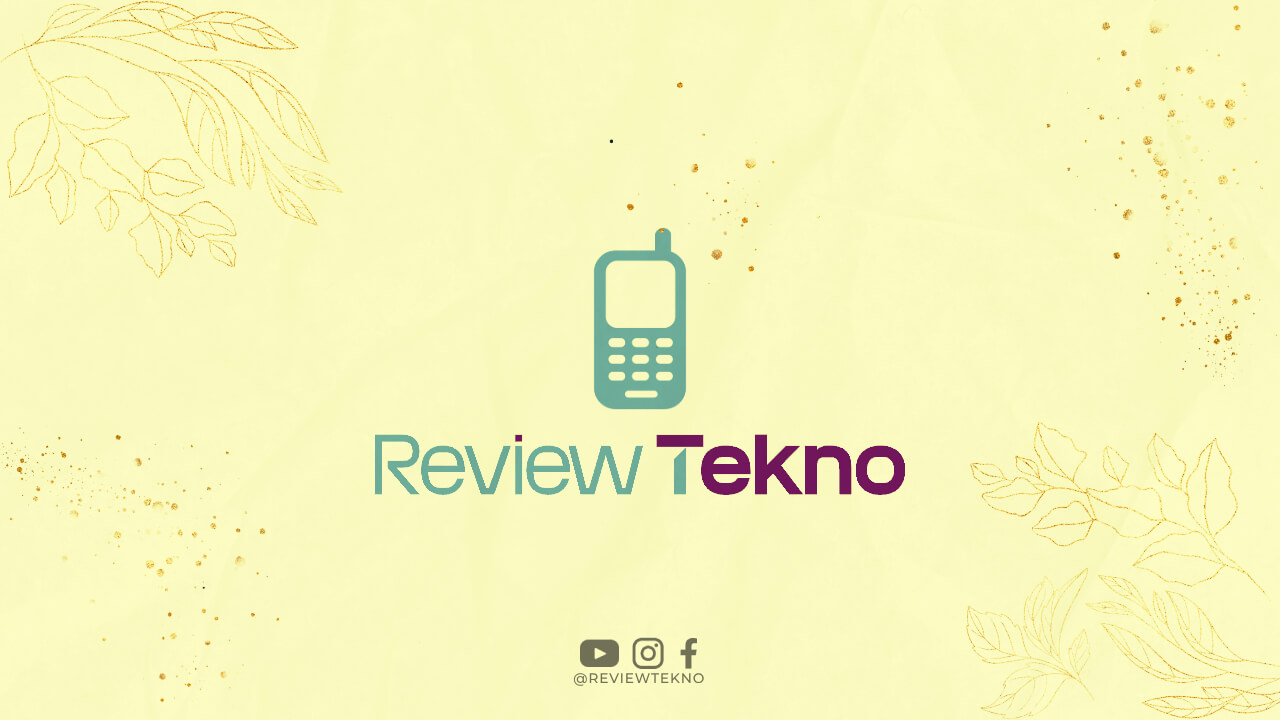The Federal Reserve Central Bank is the backbone of the US financial system. It is responsible for regulating monetary policy, supervising banks, and maintaining the stability of the US economy. Recently, the Federal Reserve has been exploring the possibility of introducing a central bank digital currency (CBDC) to the US market. In this article, we’ll explore what a CBDC is, why the Federal Reserve is considering it, and what it could mean for the future of the US financial system.
What is a Central Bank Digital Currency?
A central bank digital currency is a digital version of a country’s currency that is issued and regulated by the central bank. CBDCs are similar to cryptocurrencies like Bitcoin, but they differ in a few key ways. Cryptocurrencies are decentralized and are not backed by a government or central bank. CBDCs, on the other hand, are centralized and are backed by the full faith and credit of the issuing central bank.
Another key difference between CBDCs and cryptocurrencies is that CBDCs are legal tender, meaning they can be used to pay taxes and settle debts. Cryptocurrencies, on the other hand, are not legal tender and are not widely accepted as a means of payment.
Why is the Federal Reserve Considering a CBDC?
The Federal Reserve is considering a CBDC for a few reasons. First, there is a growing demand for digital payments and the Federal Reserve wants to ensure that it can meet this demand. Second, a CBDC could help to reduce the use of cash, which can be expensive to produce and distribute. Finally, a CBDC could provide the Federal Reserve with greater control over the money supply and help to combat illegal activities like money laundering and terrorism financing.
What Would a CBDC Look Like?
The Federal Reserve has not yet announced what a CBDC would look like, but it is likely to be a digital token that is tied to the US dollar. The token would be stored in a digital wallet, which could be accessed through a mobile app or website. Users would be able to send and receive CBDCs just like they would with any other digital currency.
One of the key advantages of a CBDC is that it would be programmable. This means that the Federal Reserve could set rules for how the currency can be used. For example, it could set limits on how much CBDC an individual can hold or how long it can be held for. It could also impose fees or interest rates on certain transactions.
What Could a CBDC Mean for the Future of the US Financial System?
A CBDC could have a significant impact on the US financial system. It could provide the Federal Reserve with greater control over the money supply and could help to reduce the use of cash. It could also make it easier for individuals and businesses to make digital payments.
However, there are also potential risks associated with a CBDC. One of the main concerns is that it could lead to greater financial exclusion. Not everyone has access to a smartphone or the internet, which could make it difficult for some individuals to use a CBDC. Additionally, a CBDC could increase the risk of cyberattacks and could pose a threat to financial stability if not properly regulated.
Conclusion
The Federal Reserve’s exploration of a CBDC is still in its early stages, but it is clear that there are both potential benefits and risks associated with this type of currency. As the Federal Reserve continues to weigh the pros and cons of a CBDC, it will be important to consider the impact it could have on the US financial system and on individuals and businesses across the country.

